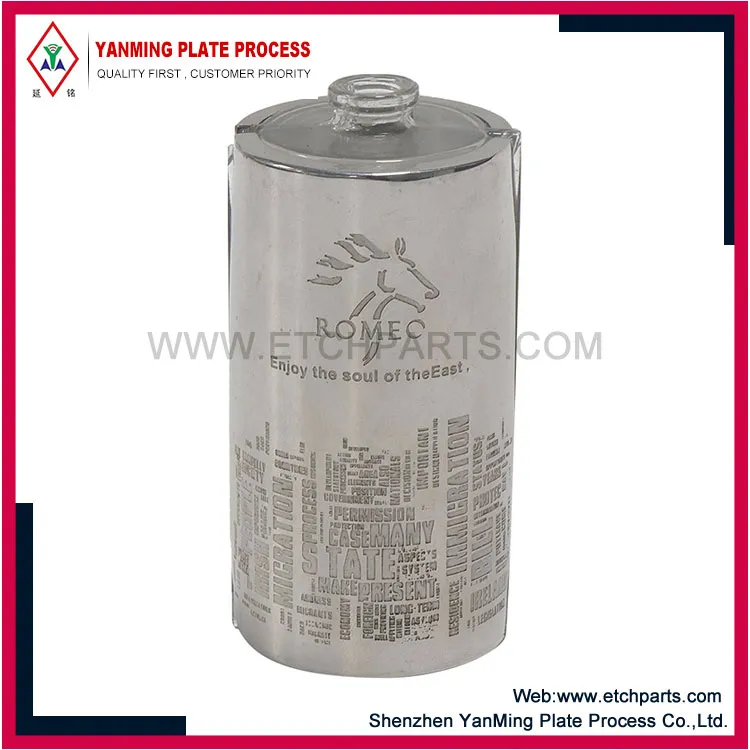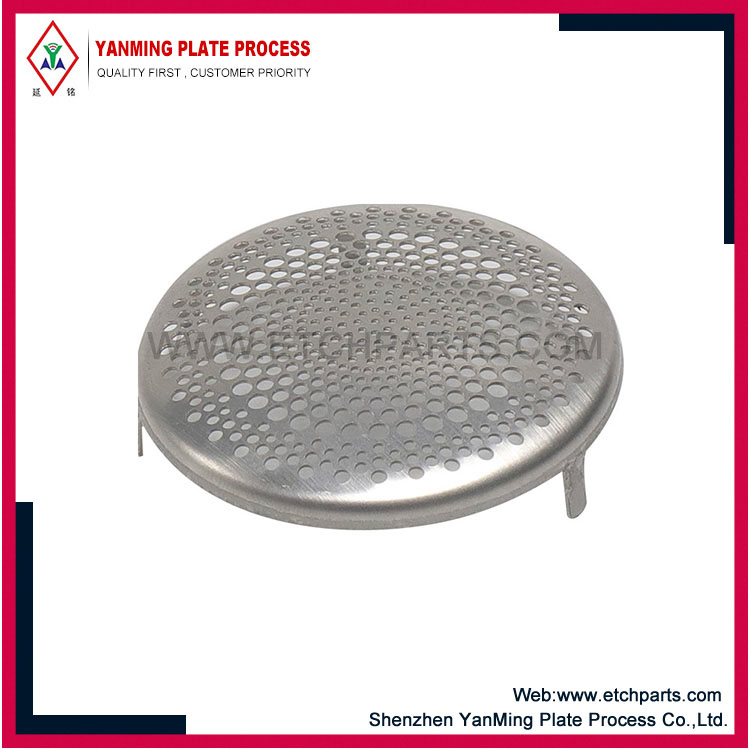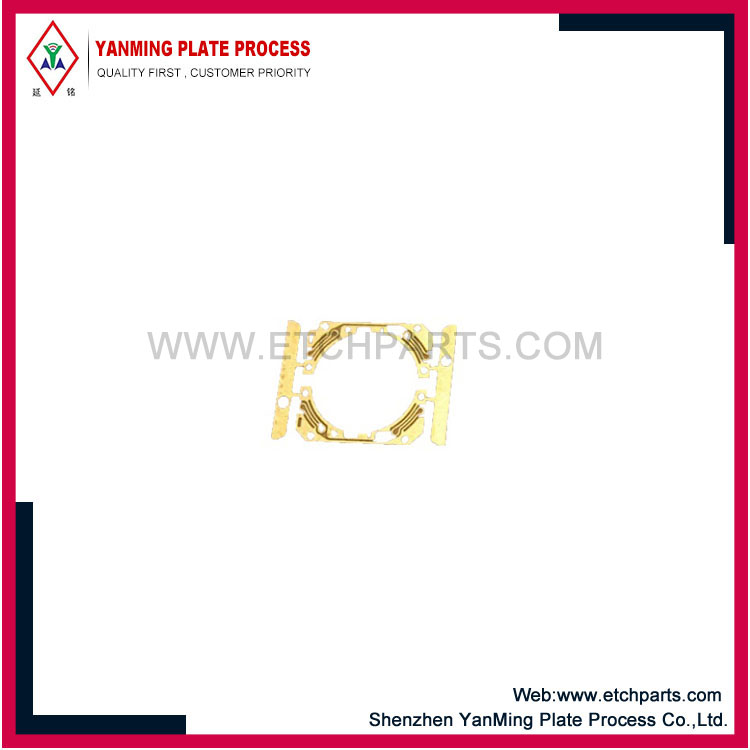Etching, usually referred to as etching, is also called photochemical etching. It refers to the removal of the protective film of the area to be etched after exposure and development. During etching, it contacts the chemical solution to achieve the effect of dissolution and corrosion, forming a concave-convex or hollow-out effect.
Etching is a process that uses this principle to customize metal processing.
Uses of etching:
(1) Deburring. Since stainless steel plates have burrs on the end faces or corners after punching or machining, it not only affects the appearance of the product, but also affects the use of the machine. If mechanical polishing or manual deburring is used, not only the work efficiency is low, but also it cannot meet the design requirements for rounded corners and chamfers. Special chemical polishing or electrochemical polishing solutions are used to corrode the burrs without damaging the surface finish, and can even improve the surface finish. This is a combination of surface treatment and machining.
(2) Removing excess size. For example, the wire diameter of a stainless steel spring wire is required to be φ0.8~0.84, but the actual wire diameter is 0.9. How to make the finished product uniformly become φ0.8~0.84? How to effectively remove the burrs in the machining process and the oxide film generated in the heat treatment process? If mechanical polishing and pliers are used to remove burrs, oxide scales and 0.06~0.1mm uniformly on the circumference of the wire diameter, not only the processing technology is poor, the efficiency is low, and the processing quality is difficult to guarantee. Using a special solution for chemical polishing, the purpose of removing burrs, oxide scales and uniformly removing excess wire diameter can be achieved at the same time. For example, for some sheet stainless steel parts with larger sizes, special electrochemical polishing solutions can also be used to appropriately thin the thickness size to meet the product size requirements.
(3) Milling processing. The part of the stainless steel material that needs to be processed is exposed to a chemical milling liquid for milling processing, so as to obtain parts of a certain shape or size, so as to achieve the purpose of having a three-dimensional sense and decorative effect. Using screen printing, text, patterns, and designs can be chemically milled on the surface of stainless steel to a certain depth, and then filled with certain different colors, such as medals, signs, nameplates, etc.

 English
English  Español
Español  Português
Português  русский
русский  Français
Français  日本語
日本語  Deutsch
Deutsch  tiếng Việt
tiếng Việt  Italiano
Italiano  Nederlands
Nederlands  ภาษาไทย
ภาษาไทย  Polski
Polski  한국어
한국어  Svenska
Svenska  magyar
magyar  Malay
Malay  বাংলা ভাষার
বাংলা ভাষার  Dansk
Dansk  Suomi
Suomi  हिन्दी
हिन्दी  Pilipino
Pilipino  Türkçe
Türkçe  Gaeilge
Gaeilge  العربية
العربية  Indonesia
Indonesia  Norsk
Norsk  تمل
تمل  český
český  ελληνικά
ελληνικά  український
український  Javanese
Javanese  فارسی
فارسی  தமிழ்
தமிழ்  తెలుగు
తెలుగు  नेपाली
नेपाली  Burmese
Burmese  български
български  ລາວ
ລາວ  Latine
Latine  Қазақша
Қазақша  Euskal
Euskal  Azərbaycan
Azərbaycan  Slovenský jazyk
Slovenský jazyk  Македонски
Македонски  Lietuvos
Lietuvos  Eesti Keel
Eesti Keel  Română
Română  Slovenski
Slovenski  मराठी
मराठी  Srpski језик
Srpski језик 





